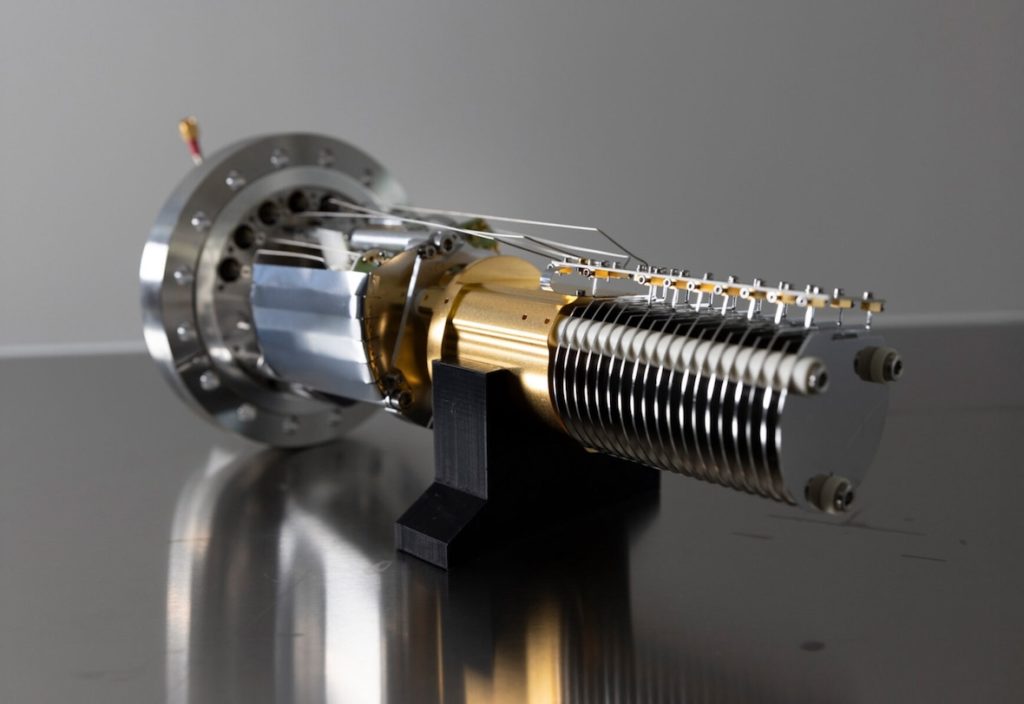
Neuchâtel welcomes Rolex Quantum and the future of timekeeping
25 June 2025
 Rolex Quantum SA will operate next to the historic Neuchâtel Observatory, reinforcing the region’s leadership in precision timekeeping and quantum technologies. | © Ennio Bettinelli
Rolex Quantum SA will operate next to the historic Neuchâtel Observatory, reinforcing the region’s leadership in precision timekeeping and quantum technologies. | © Ennio Bettinelli
Rolex creates Rolex Quantum SA in Neuchâtel to develop and commercialize optical atomic clocks in partnership with CSEM.
Rolex has announced the creation of a new company, Rolex Quantum SA, based in Neuchâtel, marking a discreet but strategic step into the world of atomic timekeeping. The new company will operate from the historic Neuchâtel Observatory site, home to decades of research in precision time measurement. The move, reported as an exclusive by ArcInfo, signals a strengthening of ties between Rolex and CSEM, the Swiss Center for Electronics and Microtechnology.
Founded in May 2025, Rolex Quantum SA will focus on the development, production, and commercialization of optical atomic clocks. These devices, based on rubidium atoms, offer greater precision than traditional cesium clocks and are compact enough for industrial integration. While not intended for wristwatches, the new technology has broad applications, from improving GPS systems and telecommunications to supporting national and international time standards.
“This new company was created following an excellent collaboration between Rolex and CSEM to develop a new generation of atomic clocks,” said Fabien Droz, Director of Rolex Quantum. “It will operate in Neuchâtel to benefit from close proximity to CSEM.”
Rolex and CSEM, which have collaborated on quantum technologies for several years, presented aspects of their work earlier this year at the Swiss Quantum Days in Arosa. There, CSEM researcher Victor Helson outlined ongoing improvements to rubidium-based atomic clocks, developed with Rolex’s support.
The founding of Rolex Quantum follows Rolex’s investment in Kenissi, its movement manufacturer located in Le Locle, and its ongoing expansion with a new production site in Bulle. The new Neuchâtel-based company reinforces the brand’s presence in Western Switzerland and its interest in precision beyond traditional mechanical horology.
According to ArcInfo, the Swiss Federal Institute of Metrology (METAS) may eventually integrate Rolex’s atomic clocks to improve national timekeeping and share data with the Bureau International des Poids et Mesures (BIPM), the global authority on coordinated universal time (UTC).

